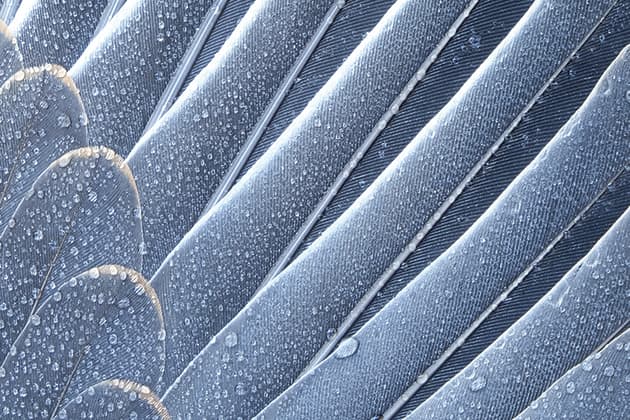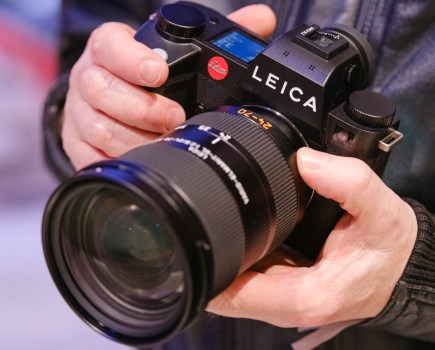Conveying a sense of scale in your work can be challenging. If you shoot a close-up of an insect’s wing, for example, the viewer can be fooled into thinking that he/she is seeing an aerial shot of some agricultural fields. Sometimes this confusion can be used to your advantage, encouraging the viewer to linger longer over your work while they try to work out what they are seeing. But, more often than not, you want the size of the subject to be obvious at a glance. One way to do this is to include a recognisable element in the composition. Another way is to use a wideangle lens to exaggerate the distance between foreground and background elements. You can also use large amounts of negative space to make your subject seem small in relation to its surroundings.
- We all know how big the average human being is, so the easiest way to indicate great size is to place a person close to your chosen building, mountain, tree and so on. To make them stand out, ask them to wear red – even small amounts will attract the eye.
- If you want to imply distance between various elements in the frame you’ll find it’s worth bearing in mind that some colours (such as blue, for instance) are considered recessive colours, while others (such as red) are considered to be advancing.
- Framing your subject tightly or zooming in on a specific part of it (such as the ear of an elephant or the window of a building) can suggest to the viewer that the subject is so huge that it simply cannot fit into the frame in its entirety.
- You can play around with the idea of scale by moving in close to your subject and excluding any point of reference for the viewer. Alternatively, why not try stepping back a bit from the subject and pointing your camera upwards so as to suggest great height.







